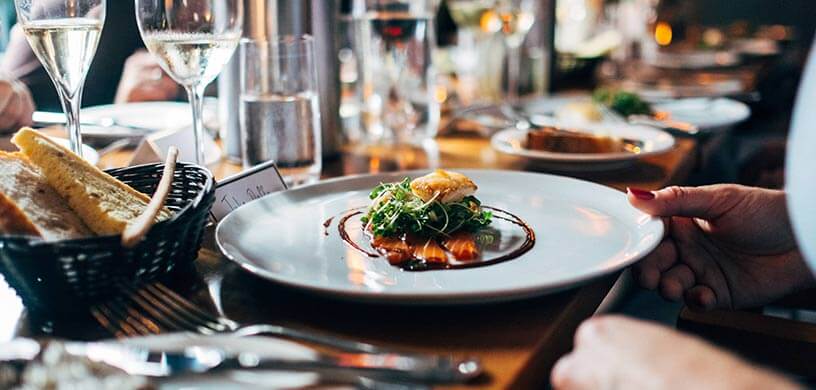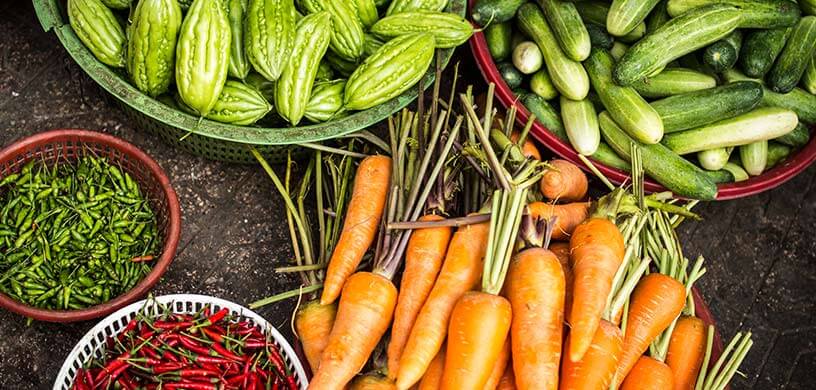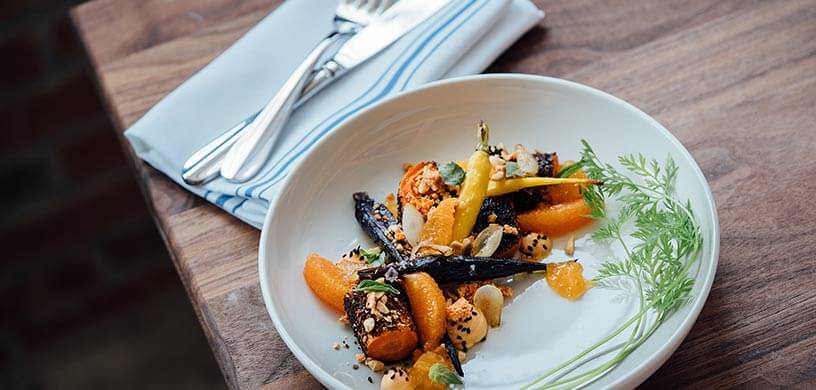7 Tips for Travelling Gluten-Free
Travelling with medical conditions such as gluten sensitivity or coeliac disease should not stop you from exploring the world and experiencing the fun that comes with it! Organisation and planning is the key to a successful ‘gluten-free’ trip. Check out our tips below on how you can travel with coeliac disease.
Do you want more travel medical tips? Head over to our medical blog section so you're in the know!

A gluten-free diet has various definitions depending on the country you're in. Here in Australia, the current definition of gluten-free is ‘no detectable gluten’ - using standard methods under the food standards administered by Food Standards Australia and New Zealand. The gluten-free standard in Australia is less than 20 parts per million of gluten. The same gluten-free standard is adopted in the UK, Europe, Canada and the USA. Twenty parts per million is a tiny amount of gluten and is considered a safe threshold for those with live with coeliac disease.
How to travel gluten-free
1. Plan ahead
If travelling by plane, make sure you contact the airline and arrange gluten-free meals ahead of time. If your travel includes touring via coach, train or cruise, contact them well in advance to arrange gluten-free meals for you. Like many things in life, it's always good to be prepared and plan in advance - especially when it comes to overseas travel!
2. Find out what's safe to eat
Safe foods to eat include fruits, vegetables, meat, chicken, fish and seafood, dairy foods (cheese, milk, yoghurt), nuts, beans and legumes (lentils, chickpeas), rice, corn, soy, amaranth, arrowroot, buckwheat, quinoa, sorghum, tapioca and millet. Be aware that some foods such as dried beans and nuts are at risk of cross-contact with wheat, barley or rye. Try to buy foods labelled gluten-free to be on the safe side.

Read the dos and don'ts of travelling with a gluten allergy.
3. Pack your own snacks
If you are going to a destination with less stringent food laws, pack some gluten-free food. In Australia, oats are not part of a gluten-free diet, unlike Europe and USA where oats are marketed as gluten-free. Pack some non-perishable foods like nuts, trail mix and gluten-free crackers, and avoid consuming oats, even if they are marketed as ‘gluten-free’
4. Bring a doctor's note
Take a letter from your doctor outlining your medical condition and that you require special dietary restrictions.
5. Visit glutenfreepassport.com
Check out this site for a list of possible restaurants and cafés around the world that cater to special diets. They also have many useful travel cards in different languages which may help you communicate your dietary needs.
6. Make of a list of ingredients to avoid
List out ingredients you can't consume that contain gluten when travelling. This will help you when reading food labels and while dining in restaurants. It is best to try and stick to fresh foods without added sauces and seasonings.
7. Check out the local food options
Don't be afraid to enquire at your planned holiday destination. Do a bit of research to figure out where you can buy gluten-free breads, pasta, snacks and other treats when you're on the ground. In some places you should be able to purchase goodies at supermarkets, while other locations may require you to pick up gluten-free foods at health food stores or pharmacies. Keep in mind that not all countries have the same food labelling criteria as Australia so be aware!
Are you travelling to Asia? Make sure you know these handy tips to avoid getting sick while in Asia.

So, why wait! Get your bags packed and with proper planning, you should be on your way to a well-earned break…. gluten-free of course!
Want to find more medical tips for travel? Browse through our medical blogs here!
Dr Jane Read is a Sydney-based GP Registrar who also holds a Masters Degree in Nutrition and Dietetics from Deakin University in Melbourne. In addition to working in general practice, Jane works as a freelance nutrition and medical writer, and has been a nutrition consultant to various corporate clients.
Material on this website is provided for informational purposes only. It is general information and discussion about medicine, health and related subjects may not apply to you as an individual, and is not a substitute for your own doctor’s medical care or advice. The words and other content provided on this website, and in any linked materials, are not intended and should not be construed as medical advice. If the reader or any other person has a medical concern, they should consult with an appropriately licensed physician or other health care worker. Nothing contained on the website is intended to establish a physician-patient relationship, to replace the services of a trained physician or health care professional, or otherwise to be a substitute for professional medical advice, diagnosis, or treatment. The views and opinions expressed on this website have no relation to those of any academic, hospital, practice or other institution with which the authors are affiliated. They do not necessarily reflect the opinions of Cover-More Insurance Services Pty Ltd. Never disregard medical advice or delay seeking medical care because of something you have read on or accessed through this website. If you think you may have a medical emergency, call your doctor or emergency services immediately.
Planning a trip?
Discover Our COVID-19 Cover
To find out what our current* benefits do – and don’t – cover, please read:
Plus, for helpful destination-based COVID-19 information, don't forget to check the COVID-19 Travel Risk Tool before and during travel.
*The cover information contained on the above pages refers to Cover-More policies sold on or after 26 June 2023. For cover information on policies sold prior to this date, please read the relevant PDS.